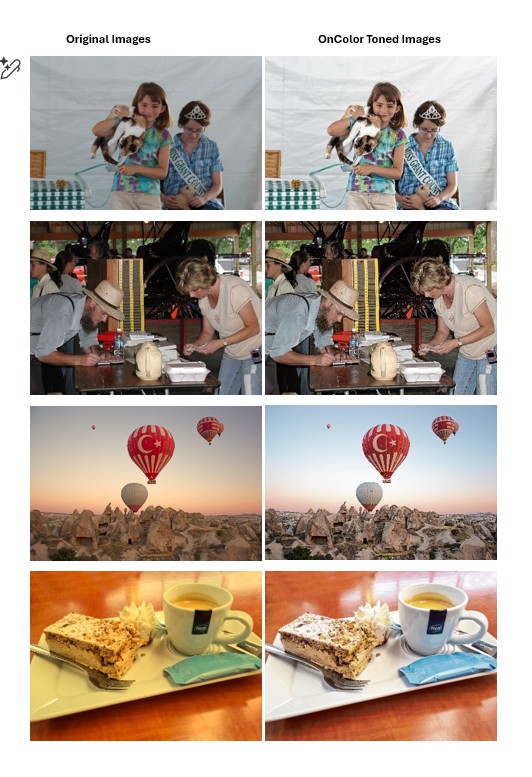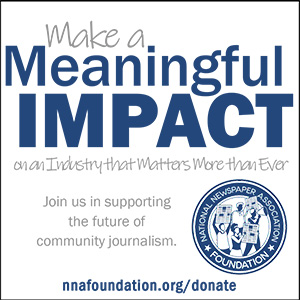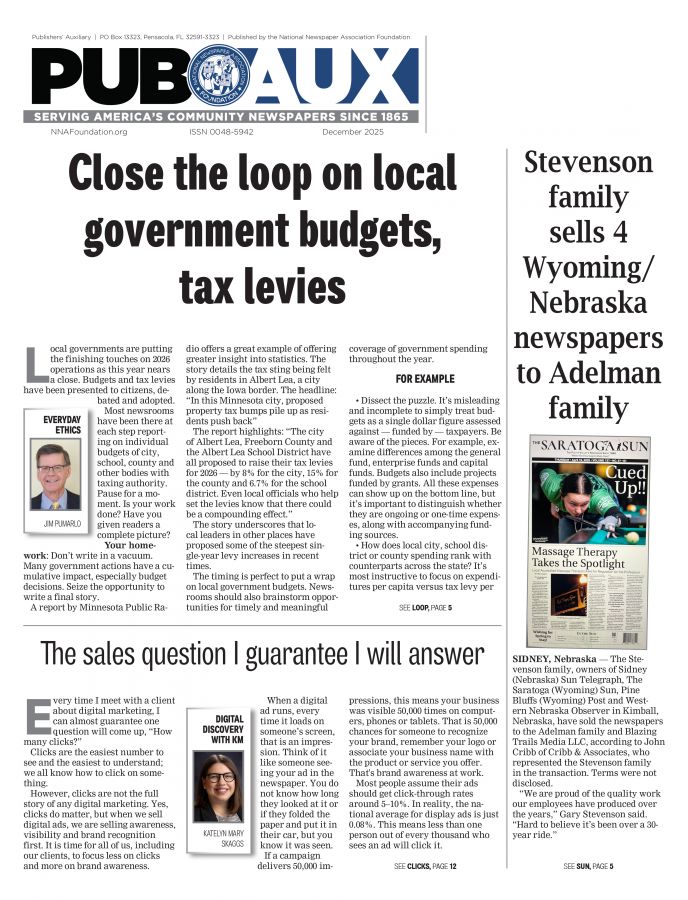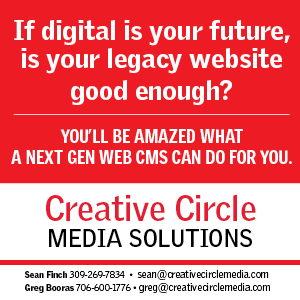Artificial intelligence: It's crucial to make a plan before you jump in too deep
Kevin Slimp
Jun 1, 2024
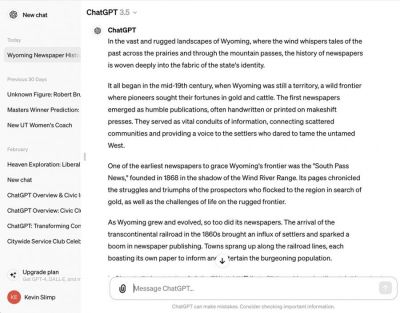
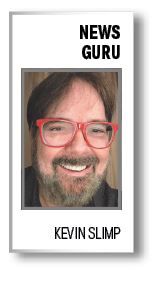
Almost daily, I hear from longtime readers of my column who write to tell me they’ve recently benefited from something I wrote months or years ago. I suppose it’s why I keep writing these columns after all these years.
Just this morning, I heard from a publisher who wrote that he had begun using an application I wrote about three years ago and was finding it very helpful. Another wrote yesterday to tell me she had followed my advice about holding a focus group made up of community members, some newspaper readers and some non-readers. She wanted me to know that it was incredibly beneficial to her paper, and they had made several changes based on the results of the focus group.
Recently, I’ve heard from a lot of folks asking for advice related to artificial intelligence. Press association directors have written to ask if I would lead a convention session or webinar on the topic. Yes, I plan to offer a webinar on AI soon. I even responded to a request from an industry journal in Australia and Southeast Asia to get my thoughts concerning a photo that had run in a major publication there using AI. Every time I read a story from that part of the world, I’m convinced they have a knack for writing great headlines. The headline for that story was “Tummy tat a croptop giveaway, and Slimp says, ‘Never in news.’”
I realize the use of AI is a fact of life in today’s world. However, the use of artificial intelligence requires much the same scrutiny as was given to photo editing when applications like Photoshop and Photostyle became available almost 40 years ago.
In the early days of Photoshop, it was almost scary for me to face a crowd of veteran photographers. Even the use of tools we take for granted today, like adjusting levels or sharpening an image, was met with much deliberation among audiences. Longtime photographers, especially from major dailies, often protested that nothing could be adjusted in a photo. If that became the industry standard, my Photoshop classes wouldn’t have lasted very long.
In the same way, we need to be very careful about the way we use AI. It would be simplistic to say that we not use it all. Much of the software we are already using had built-in AI features. However, I am suggesting that we give the use of AI even more scrutiny than we did Photoshop a few decades ago. I agree with writer Kelly McBride that every newspaper needs an ethics policy related to the use of artificial intelligence (poynter.org, March 25, 2024). Kelly’s column includes a starter kit to give newspapers a starting point for addressing the use of AI.
Looking back at the early days of Photoshop, I would emphasize that the use of Photoshop shouldn’t be to improve or alter an image. Instead, the goal was to make the image printed on the page appear as close to the original photo as possible. Knowing that dot gain, ink limits, quality of paper stock and other variables affected the printed image, photo editing applications offered tools to offset distortions that would otherwise appear on the printed page.
Much has been written about the use of artificial intelligence in the workplace. In our industry, it’s even more crucial that we give the use of AI serious thought before diving in too deep. It would be easy to ignore the issue altogether. That would be naive. On the other hand, it’s easy — especially for those of us who have a bit of “tech nerd” built into our DNA — to get overly excited about the use of AI. Let me caution against both extremes.
We will be using AI in our work. You probably already are. However, be very careful when and how AI is used.
I was invited to speak at a local civic club in Knoxville a couple of weeks ago. They asked me to speak on the topic of artificial intelligence. I learned the audience was larger than usual and noticed that some of the folks brought pads and pens to write notes. Many were business owners, and they obviously had a lot of interest in the topic.
Before I spoke my first word, a hand went up. “Is AI going to put us all out of business?” a man in the third row asked.
I spoke to the group for about 30 minutes and spoke of the limitations and dangers of AI. I’m relatively sure everyone felt, by the time I finished, that their worlds wouldn’t be crashing in anytime soon from the use of artificial intelligence.
This week, I’m part of an international conference made up of more than 1,000 participants in Charlotte, North Carolina. As attendees come by to meet me, they often tell me they’re from “a little town you’ve never heard of.” In most cases, I’m pleased to tell them, “I’ve visited your town while working with the newspaper.” So far, every person has gone on to tell me how much they loved the community newspaper in their town.
Sometimes we forget how much people love and appreciate us. And sometimes we forget how important — and serious — our work is. Thank you for making a difference.
Kevin Slimp is former director of The University of Tennessee Newspaper Institute and founder of NewspaperAcademy.com. kevin@kevinslimp.com.




